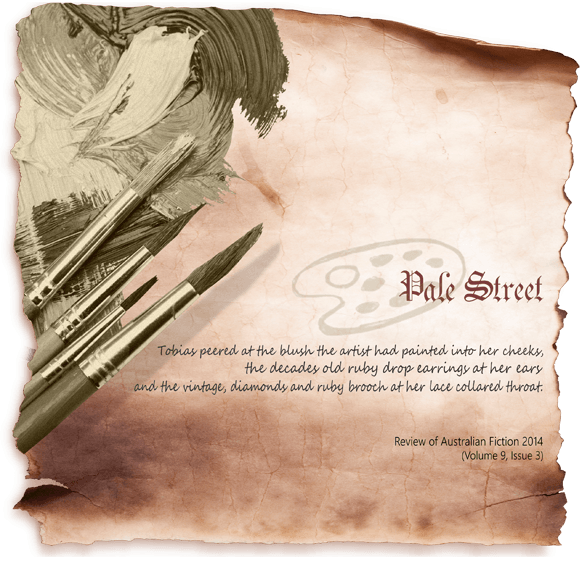Pale Street
When Tobias’ wife, Agnes, passes away after fifty years of unhappily married life, her portrait retains a likeness he’d rather forget. Then, a knock on his front door. Twin girls with pale faces make a request. When Agnes’ ghost appears and reprimands Tobias for the reception he gives the pair, Tobias banishes her and orders the children home. The little ones take Agnes with them – to a house where an art studio contains pale portraits painted for their father’s attention.
Author’s note:
I love ghost stories. Not ghastly, gore-and-dismemberment tales. I don’t follow ghost stories for thrills and spills and fright. I read stories where ghosts are humans in after-death form because they allow for unlimited psychological exploration and pose profound questions. Ghost stories make me consider my mortality, and the mortality of others. They remind me to live, and challenge myself with 'what if?' At a ghost story’s heart is the notion that the ties that bind transcend time and space – and isn’t that marvellous? Wouldn’t we all like to think – truly believe – our dialogue with the departed might continue? Ghost stories give us give a framework in which we might fix things we didn't fix in life; where 'power' is something transcendent, yet a function of our humanity. The most memorable ghosts in the most unforgettable ghost stories imprint themselves on us because of their relationship with the living. They are wonderful because of the possibilities they allow and the dreaming they let us do.
Where can I read it?
Review of Australian Fiction (Volume 9, Issue 3).

